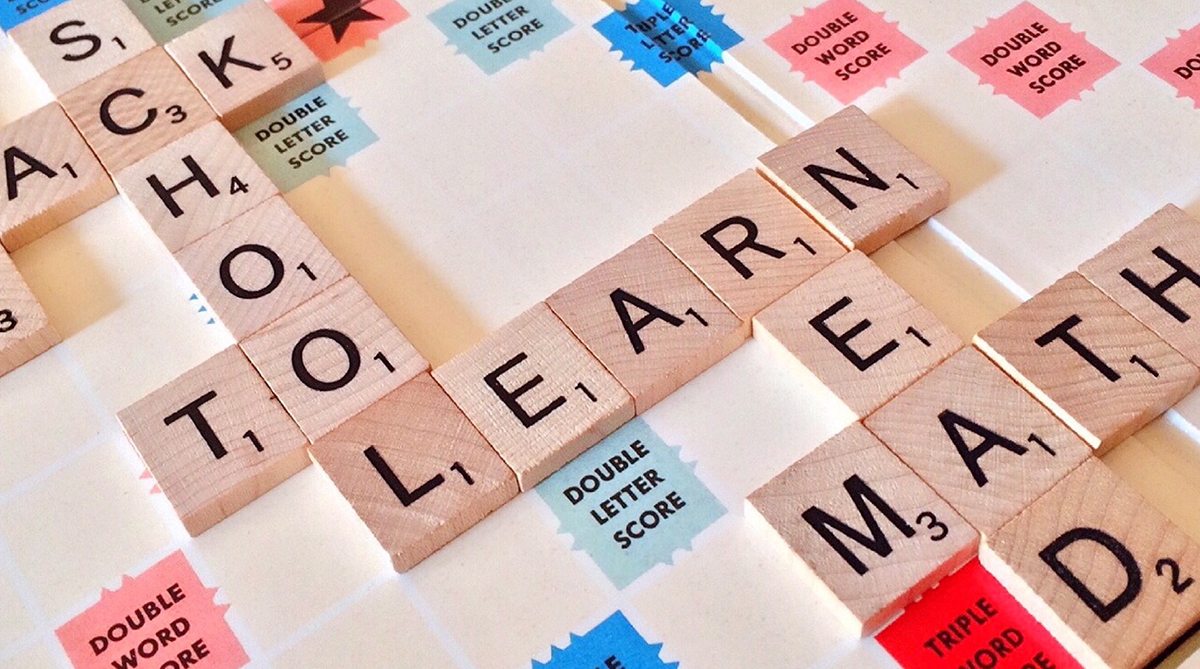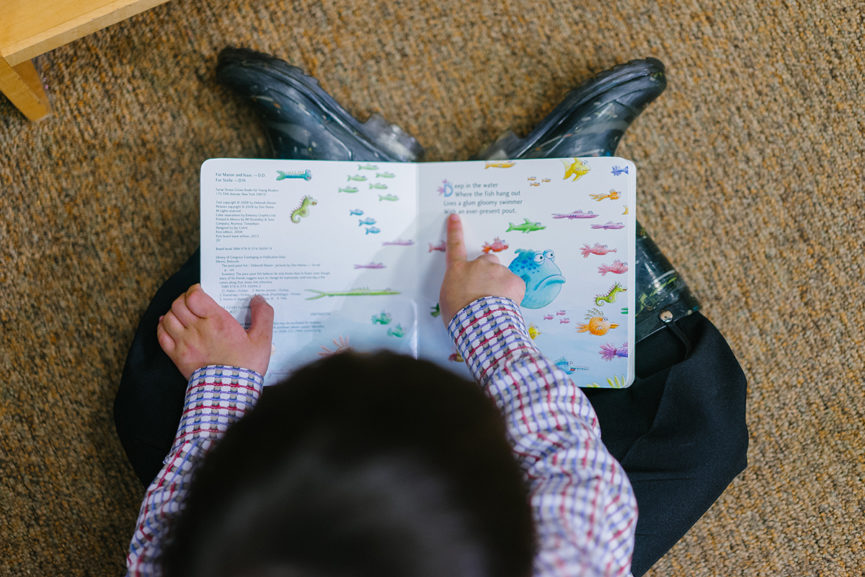Photo by mentatdgt from Pexels
The more that you read, the more things you will know.
The more that you learn, the more places you’ll go.
DR. SEUSS, I Can Read with My Eyes Shut!
I love to read.
How I learned to read I could not remember, but what I know is I enjoyed it. Every time I read a story, I discover a whole new world. Every time I read an essay, I learn new ideas about the matter at hand.
When I had my daughter, top of my list was to make sure she would love reading like me. Since I am a preschool educator, I tried my best to help her become a lifelong reader.
Here are some tips to help your child love reading:
1. Provide a print-rich environment. Even in the pre-reading stage it is important for them to be exposed to a print-rich environment. Label things around the house. Read them to the child as he or she uses or looks at them.
Read with them as you travel and see signs and print. The toddler is able to distinguish familiar environmental signs. Encourage them to notice these.
2. Allow them to doodle and draw freely. Children create things purposefully. It might seem like a mess of circles, but to them it is a flower. Do not correct them or draw for them.
3. Label their doodles and drawings for them. Even when they could not read what you write, they will have to learn that their spoken language is connected to the printed word. Ask what their drawing is about; whatever they say, write it. As you write it, say it too.
4.Develop their phonemic awareness. Phonemic awareness is not phonics. Phonemic awareness is the ability to hear, identify, and manipulate individual sounds-phonemes–in spoken words. Before children learn to read print, they need to become more aware of how the sounds in words work. They must understand that words are made up of speech sounds, or phonemes (the smallest parts of sound in a spoken word that make a difference in a word’s meaning).
5. Allow them to do inventive spelling. “KRT” could be “carrot” for a child learning her letter and sounds. Give then space and time to learn their letters and spell as they see fit. In time, they will learn the correct spelling. They gain confidence about learning to read and write in this way.
6.Provide age-appropriate reading materials. There are appropriate books for different age groups. Providing age-appropriate books encourages reading. It becomes a doable task for the child.

Read regularly with your child. Set a time to read with your child. While reading, use your index finger to point to what you are reading. This will help your child focus on what is being read.
Reading online stories and articles can help too. A balance of reading actual and digital books is encouraged.
8. Do meaningful activities related to the book being read. Reading becomes more fun especially for reluctant readers when there is a meaningful activity after it. I remember reading the book Bear Shadow by Frank Asch with one of my students. After reading, the child and I went out to play shadows outside. Then I connected shadows with the lunar eclipse. The next day, the child explained to me how the shadow of the earth causes the lunar eclipse.
9. Go to the bookstore or library. Let them choose their books. When a child chooses a book, it is a meaningful act for them. They are encouraged to read what they had chosen.
10. Let fun be one of your reading goals. Reading can be a chore to some children. Help them discover the fun of discovering another world or a new idea. Is your child interested in arts and crafts? Is your child interested in numbers? Is your child interested in plants or animals? Pick out a book of interest and read it to them. Make it enjoyable. They most likely will continue to read if it is fun for them.
It is never too late to encourage a child to read. I have worked with children with reading difficulties. I worked with a seven-year-old child who had reading and language difficulties. He did not like to read. We had three two-hour intervention sessions every week. Every session was divided into developing phonemic awareness, vocabulary development, reading appropriate material and answering comprehension questions, and reading an entire book. After six weeks of intervention, the child’s mother called me on Sunday morning, crying. The boy had picked up a book for the first time on his own, and read through the book.
For children with learning disabilities, the process may be different.

My daughter had some spelling difficulties and reading delays. She was helped by individual intervention reading programs. She was taught to read context clues and to use the dictionary for difficult words. She developed the discipline to read several paragraphs to understand the article.
Apart from these intervention sessions, I allowed her to choose her own books. I would have wanted her to read what I was reading by third grade, but I soon discovered that this was her own reading journey. Helped and encouraged, despite her reading and language difficulties, she grew to love reading and discovering more of the world through print.

Eiamin del Corro, fondly known among her students as “Teacher Dongdong,” (MA Education [Special Education], UP Diliman) has been doing intervention for kids with learning difficulties until March 2018. Currently, she is a Kids Church Coordinator and the Head for Operations of Word Community Church. She likes to “make sense out of messy situations” – whether a child who struggles to learn or read, an event that seems impossible to put together, or a friend struggling through issues in life. Dongdong loves God, children and books.
Related Posts
-
What Can Parents Do When A Child Shows Signs of Depression?
What can parents do when a child shows signs of depression? Are there ways to…
-
Help! My Child Can’t Speak Filipino
Don't let your children miss out on the beauty of our own language. Teach them…
-
Getting Rid of Heart Junk
In other countries, the month of April is associated with spring cleaning after a long…




